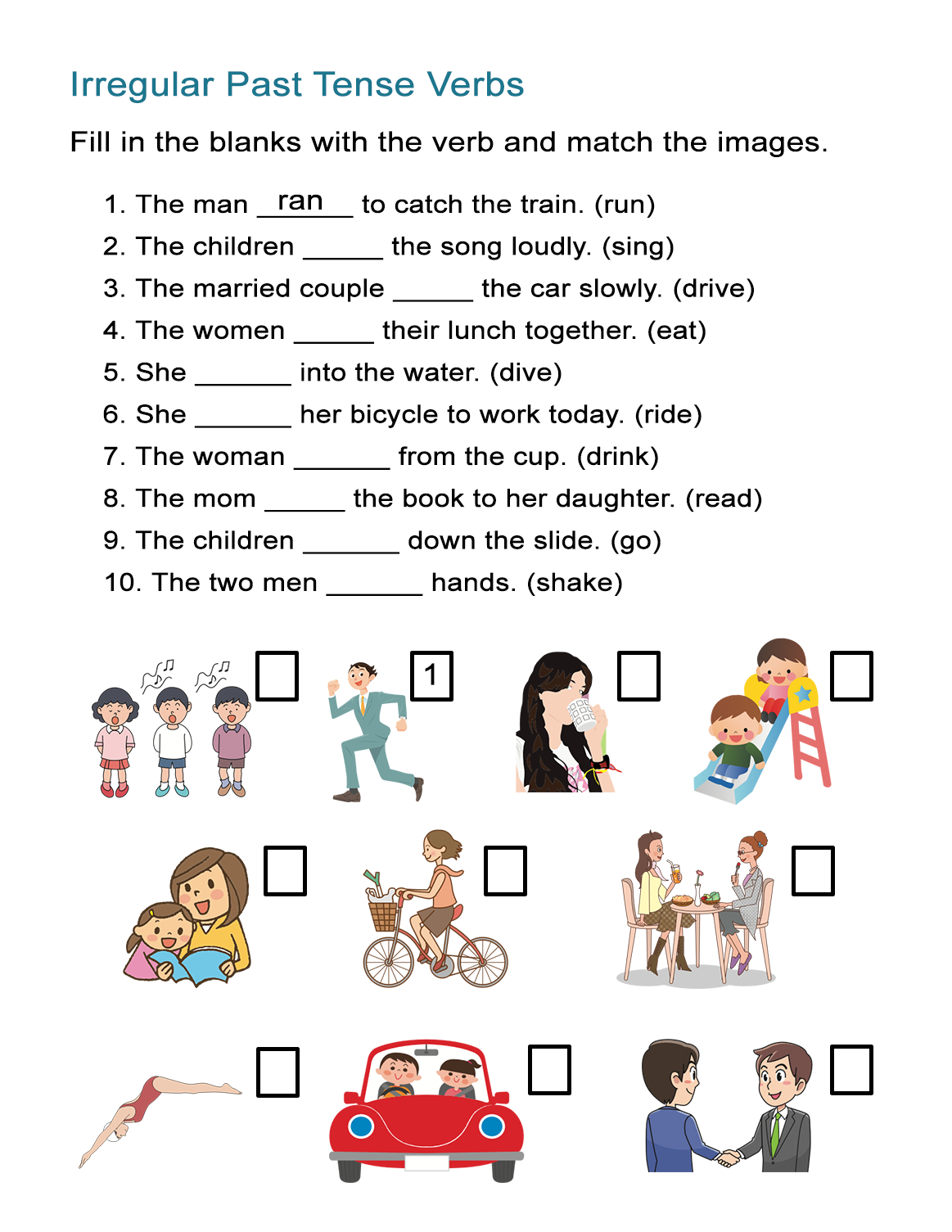

- DRIVERS ED 2 PAGE PAPER ABOUT ALCOHOL PDF
- DRIVERS ED 2 PAGE PAPER ABOUT ALCOHOL MANUAL
- DRIVERS ED 2 PAGE PAPER ABOUT ALCOHOL SERIES

Behavioral Health Treatment Services Locator website external icon.
DRIVERS ED 2 PAGE PAPER ABOUT ALCOHOL MANUAL
Diagnostic and Statistical Manual of Mental Disorders, Fifth Edition (DSM-5) external icon. Prevalence of alcohol dependence among US adult drinkers, 2009–2011.
DRIVERS ED 2 PAGE PAPER ABOUT ALCOHOL PDF
Surgeon General: Advisory on Alcohol Use in Pregnancy pdf icon.
DRIVERS ED 2 PAGE PAPER ABOUT ALCOHOL SERIES
A series of program reflection notes and exercises complete the Participant’s Workbook.According to the 2020–2025 Dietary Guidelines for Americans external icon 1 some people should not drink alcoholic beverages at all, including: Each program lesson takes approximately 2 hours to complete. Lesson 11 offers advice for management stress and emotions to prevent relapse during stressful or emotional situations and lesson 12 focuses on building healthy family and social relationships. Lesson 8 considers the major pathways to relapse and recidivism while lessons 9 and 10 focus on the process and steps for preventing relapse and recidivism. Lesson 7 offers a discussion of some of the problem outcomes associated with alcohol and other drug use. Lesson 6 asks participants to critically examine their own alcohol and other drug use patterns. Lesson 4 presents information on how behavior is learned and changed while lesson 5 offers information about the effects of alcohol and other drugs. Lesson 3 confronts the thinking, attitudes, and beliefs regarding driving while impaired and presents a homework assignment in which participants are asked to change the cognitive-behavioral outcome of their DWI arrests.

Driving While Impaired (DWI) laws, convictions, and penalties are reviewed along with a consideration of how DWI impacts victims and their families. Lesson 2 focuses on the laws and cultural expectations regarding the use of alcohol and other drugs while driving. Lesson 1 focuses on program orientation and the development of a positive working relationship with the program participant. The workbook is divided into 12 program lessons, each of which contains exercises and assignments focused on the application of the lesson to participants’ personal situations. The Driving With Care treatment and education program for impaired driving offenders is based on the belief that impaired offender intervention must focus on moral responsibility toward others should be based on the cognitive-behavioral (CB) approach for implementing change.


 0 kommentar(er)
0 kommentar(er)
